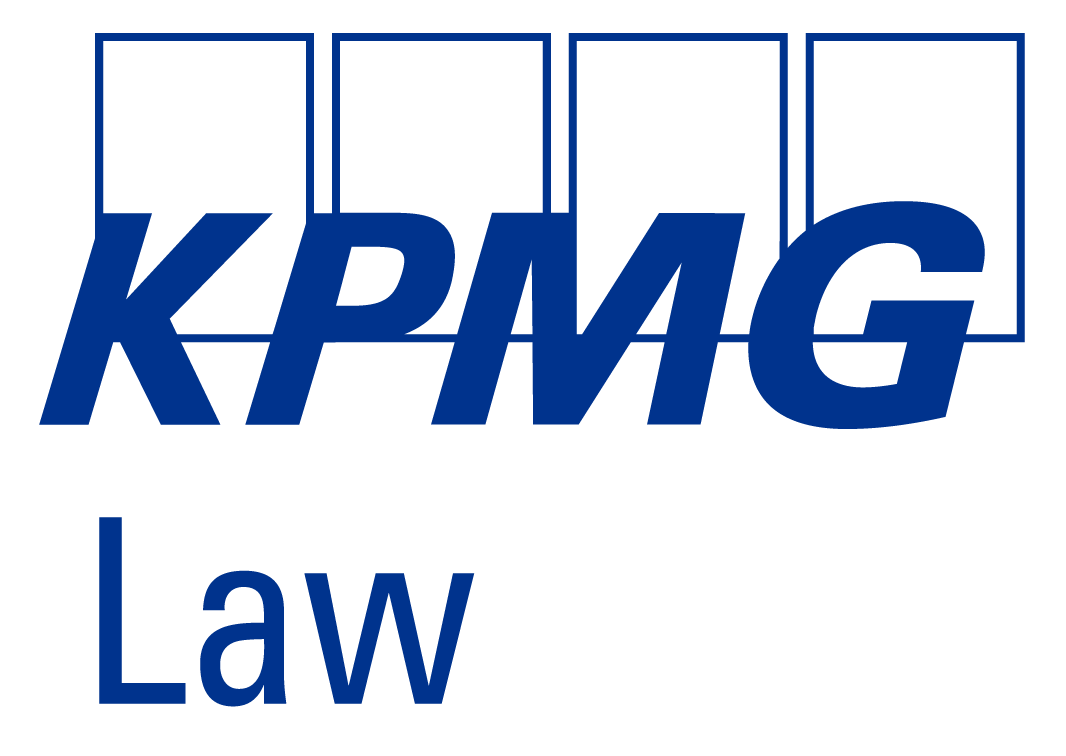

ELTIFs: the key to investing in illiquid assets in Belgium?

INTRODUCTION
European Long-Term Investment Funds (ELTIF) are vehicles that channel capital into long-term European investments in the real economy, in line with the EU's objective of smart, sustainable and inclusive growth. They are intended to provide investors with stable long-term returns and to help boost employment and economic growth in the EU, for example by increasing investment in infrastructure projects. The ELTIF also benefits from an EU-wide passport – not only, as is the case of other Alternative Investment Funds (AIFs), to enable cross-border marketing to professional investors, but also to retail investors (although stricter conduct of business rules apply in this case). As such, the ELTIF could become the ideal vehicle for raising capital for alternative or lesser liquid assets on a pan-European basis.
Given the modest uptake of this structure, the theoretical benefits of the ELTIF vehicle remain largely unrealized, although a number of ELTIFs have been created in Spain and, most prominently, in France Luxembourg and Italy. For this reason, the European Commission recently adopted a proposal for a regulation amending the European Long-Term Investment Fund Regulation (EU) 2015/760 ("ELTIF Regulation"), which is currently being reviewed by the European Parliament and the Council.
Aside from the ELTIF review, Belgian legislators made a number of company law and fiscal changes in recent weeks and months to make Belgium a more compelling home state for ELTIFs. This was felt to be important as Belgium has yet to see the creation of its first ELTIF despite the ELTIF Regulation having been in effect since 9 December 2015.
In this note, we will provide a short overview of ELTIF Regulation, the upcoming ELTIF Review, and the recent changes to the Belgian legal framework (both from a company law and tax perspective).
ELTIF REGULATION
AUTHORIZATION AND EXTERNAL VS. INTERNAL MANAGEMENT
The ELTIF Regulation builds on, and leverages a number of concepts from, Directive 2011/61/EU (AIFMD). For example, only an EU alternative investment fund manager (AIFM), authorized in accordance with AIFMD, can apply to the competent authority of the ELTIF for approval to manage an ELTIF. However, unlike the AIFMD, the ELTIF Regulation also imposes authorization requirements at the level of the fund, as only EU AIFs may apply for and be granted authorization as ELTIFs.
If the legal form of the EU AIF permits internal management, and the governing body of the AIF chooses not to appoint an external AIFM, the EU AIF has to apply simultaneously for authorization as an ELTIF under the ELTIF Regulation and as an AIFM under the AIFMD.
There are separate documentation requirements for the application for authorization as an ELTIF and the application for approval to manage an ELTIF. The application for authorization as an internally managed ELTIF also comes with its own documentation requirements and has a slightly lengthier approval time (three instead of two months from the submission of a complete application).
The authorization as an ELTIF is not subject to the requirement that the ELTIF be managed by an EU AIFM established in the ELTIF's home Member State or that the EU AIFM pursue or delegate any activities in the ELTIF's home Member State.
INVESTMENT POLICY
Subject to a number of restrictions relating to portfolio composition, diversification and concentration, an ELTIF has to invest at least 70% of its capital in assets eligible for investment (as further explained below). The remainder of its capital can be invested in assets eligible for investment by undertakings for collective investment in transferable securities (UCITS).
Assets eligible for investment are generally illiquid, require a commitment for a fixed term and have a long-term economic profile. This includes financing infrastructure projects, unlisted companies, or listed small and medium-sized enterprises (SMEs) that issue equity or debt instruments (including bonds and loans) for which there is no readily identifiable buyer. The entities eligible to receive this financing are referred to as “qualifying portfolio undertakings”. Financial undertakings (e.g. banks, investment firms, insurance undertakings or other entities in the financial sector) are generally not eligible to receive such financing unless they themselves exclusively finance “qualifying portfolio undertakings”.
An ELTIF is not allowed to engage in short selling of assets or taking direct or indirect exposure to commodities. Its use of securities financing transactions (e.g. repos and securities lending transactions) is severely limited, and it is not allowed to use derivatives other than for hedging purposes.
An ELTIF may borrow cash provided that the borrowing meets all of the following:
- It represents not more than 30% of the capital of the ELTIF;
- It is used to invest in eligible investment assets (other than loans granted to a qualifying portfolio undertaking with a maturity no longer than the life of the ELTIF), provided that the ELTIF’s cash or cash equivalent holdings are not sufficient to acquire the participation in eligible investment assets;
- It is in the same currency as the assets to be acquired with it;
- It has a maturity no longer than the life of the ELTIF; and
- It does not encumber assets making up more than 30% of the ELTIF’s capital.
The ELTIF manager must specify in the ELTIF’s prospectus whether or not it intends to borrow cash as part of its investment strategy.
REDEMPTION POLICY AND SECONDARY TRADING
The ELTIF is a closed-end fund. As such, investors generally cannot request the redemption of their units or shares before the end of the life of the ELTIF, unless a number of specific conditions are satisfied (such as the existence of a defined redemption policy and an appropriate liquidity management system).
The rules or instruments of incorporation of the ELTIF must clearly indicate a specific date for the end of life of the ELTIF and, if applicable, provide for a right to temporarily extend its life and the conditions for exercising such right. Where the life of the ELTIF exceeds ten years and the ELTIF is offered to or placed with retail investors, the manager of the ELTIF has to issue a written alert that the ELTIF may not be suitable for such investors.
Notwithstanding the closed-end nature of ELTIFs, the ELTIF Regulation expressly states that the rules or instruments of the ELTIF cannot prevent its units or shares from being traded on the secondary market (e.g. on a regulated market or MTF) or from being freely transferable to third parties on an OTC basis (other than to the manager of the ELTIF).
TRANSPARENCY
The units or shares of an ELTIF cannot be marketed in the EU without prior publication of a prospectus. In addition, units or shares of an ELTIF should not be marketed to retail investors in the EU without prior publication of a key information document (KID), in accordance with Regulation (EU) 1286/2014. These documents must prominently inform investors of the illiquid nature of the ELTIF, and of the level of the various costs they will have to bear directly or indirectly.
MARKETING
ELTIFs can be marketed to both retail and professional investors throughout the EU. For this reason, the asset classes in which an ELTIF can invest are limited (see above), and the manager must comply with strict disclosure requirements (see below).
Firstly, to market an ELTIF to professional and retail investors in the ELTIF’s home Member State, the ELTIF manager must notify the home state regulator (article 31 AIFMD). Secondly, a passporting regime exists allowing an ELTIF manager to market a fund to professional and retail investors in member states other than the ELTIF’s home Member State after informing its home state regulator.
The ELTIF manager must provide the regulator with:
- the ELTIF’s prospectus;
- its KID (when the ELTIF is marketed to retail investors); and
- information on the facilities available for making subscriptions and associated payments.
The ELTIF manager must also inform the regulator whether it intends to market the ELTIF to retail investors.
REGULATION REVIEW
Given the limited success of ELTIFs to date, the Commission wants to make them more attractive. On 25 November 2021, it published a draft proposal according to which the Commission intends to:
- expand the asset classes in which ELTIFs can invest, such as equity or quasi-equity instruments issued by qualified portfolio companies or their subsidiaries, debt instruments, issuance of loans by ELTIFs, participations in underlying funds, real assets, securitizations;
- reduce the restrictions on the composition of an ELTIF's portfolio, allowing ELTIF managers greater flexibility;
- permit master-feeder ELTIF structures;
- reduce regulatory barriers for accessing retail investors, and modify certain rules for funds solely aimed at professional investors; and
- create an optional liquidity window to provide extra liquidity to ELTIF investors and newly subscribing investors without requiring a drawdown from the capital of the ELTIF.
The proposal is currently being reviewed by the EU Parliament and Council.
BELGIAN COMPANY LAW
The ELTIF Regulation does not exhaustively regulate the ELTIF. In particular, the private and tax law aspects of an ELTIF were largely left to the discretion of the member states. In this respect, Belgian lawmakers took steps in the Law of 27 June 2021 (an omnibus law containing various finance and financial law provisions) to create a company law framework for Belgian ELTIFs. The preparatory works to the Law of 27 June 2021 make it clear that any AIF, even ordinary corporate vehicles, (e.g. public limited companies that have not opted for a specific fund structure) can become an ELTIF as a matter of Belgian law. However, the preparatory works advise against using a BEVEK/SICAV (an open-ended fund) structure for an ELTIF, as this would be difficult to reconcile with an ELTIF’s closed-end character and the long-term nature of investments in ELTIFs.
Due to the closed-end character of the ELTIF, most of the ordinary company law rules regarding the raising of capital apply, although there are some derogations to certain provisions under the Belgian Code on Companies and Associations to enable their application at compartment (rather than entity- level).
BELGIAN TAX LAW
The specific tax status of ELTIFs was introduced by the Law of 21 January 2022 (another omnibus law containing various tax provisions). Without these new tax provisions, the ELTIF, as a domestic company, would have been subject to the normal corporate income tax regime. The new tax framework aims to make the investment entity neutral from a corporate income tax perspective and introduces some incentives for investors.
More particularly:
- The ELTIF benefits from the same corporate income tax regime as a Belgian SICAV. The scope of application of article 185bis of the Belgian Income Tax Code (hereafter BITC) is therefore extended to the ELTIF. The ELTIF is subject to a regime which deviates from the normal corporate tax regime meaning that income will not constitute part of the company's taxable base, whether it would be income derived from shares (dividends, capital gains), income derived from debt financing or income from real estate. The ELTIF will only be taxed on certain disallowed expenses. It will consequently have a near-zero tax base.
- As the ELTIF is subject to Belgian corporate income tax (be it with a deviating tax base), it will in principle also benefit from the wide network of double taxation treaties that Belgium has concluded and thus benefit from the reduced withholding tax rates foreseen by these treaties.
- In order to avoid economic double taxation at the level of Belgian company investors, the ELTIF also benefits from a regime similar to the “DRD-SICAV”. This means that dividends distributed by the ELTIF will be exempt with the Belgian company investors to the extent the dividends originate from dividend income and capital gains on “good” shares, (i.e. shares that meet the “subject-to-tax” conditions of the Belgian participation exemption regime). The ELTIF, however, has two additional benefits compared to the “DRD SICAV”: the ELTIF is not required to provide an annual distribution of at least 90% of its net income and the DRD-exemption can also apply to the part of the dividends that comes forth from real estate income that is taxed abroad.
- To facilitate international investments and the entry of international investors, a new dividend withholding tax exemption is introduced for dividends paid by the ELTIF to companies established in a Member State of the European Economic Area other than Belgium or in a State with which Belgium has concluded an agreement on the avoidance of double taxation, provided that this agreement or any other treaty provides for the exchange of information required to implement the provisions of the national laws of the Contracting States. The exemption applies to the extent that the dividends originate from dividend income and capital gains on “good” shares. The company receiving the dividend must meet certain conditions: the company must be subject to corporation tax or to a tax similar to corporation tax, without benefiting from a tax regime that derogates from ordinary law, and the company cannot offset or recover the withholding tax in its country of origin.
No specific provisions are foreseen with respect to the annual tax on collective investment undertakings (the so-called "subscription tax"). So, once registered with the FSMA, the Belgian ELTIF will be subject to an annual tax of 0.0925% or 0.01% with respect to its separate share classes for institutional and professional investors. No specific rules have been foreseen with respect to stock exchange taxes either. With respect to transactions on ELTIF shares the same stock exchange taxes apply as for other investment companies.
The new income tax framework of the ELTIF entered into force on 7 February 2022.
Authors: Isabelle Blomme, Kris Lievens, Joris Latui



